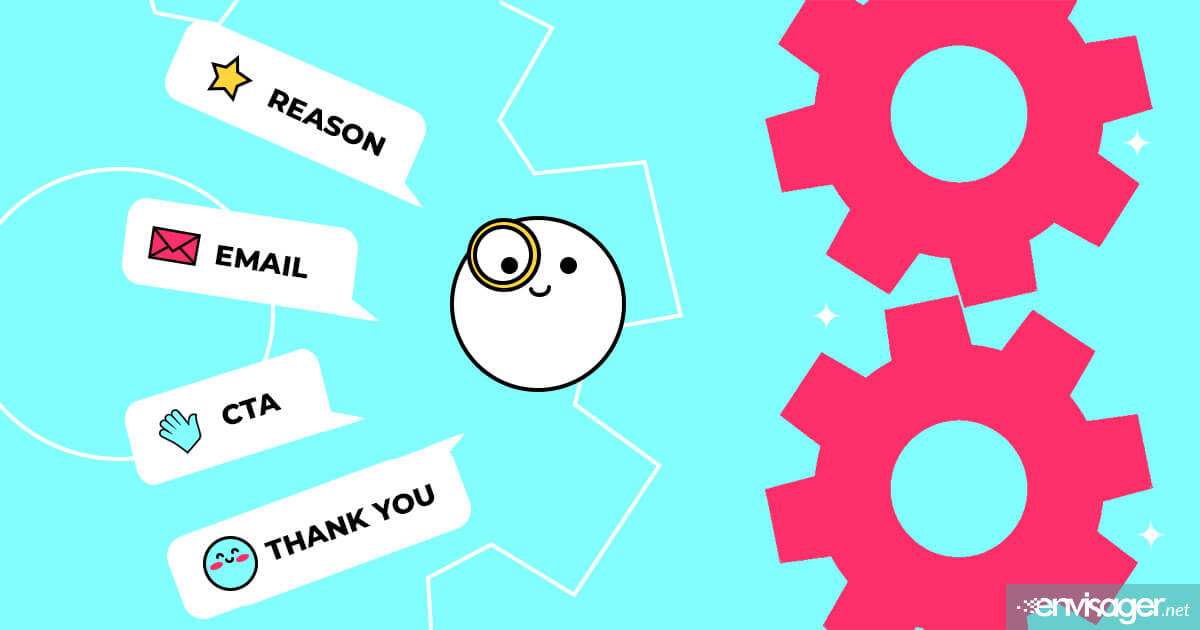How To Create An Effective Contact Us Page Design

Unfortunately, an effective contact us page is often overlooked during the design of a website. Such a page holds immense importance as it’s an easy communication channel for inquiries, serves as an avenue for potential conversions, and more. A well-designed contact us page can turn an inquisitive person into a satisfied client.
When executed poorly, this page can lead to a plethora of lost potential customers. You should keep in mind though that there’s no one-size fits all approach to designing a contact page, as every business has different goals.
In this blog post, we will discuss the importance of creating an effective contact us page, including the design and elements to include.
Why Have A Contact Page On Your Website?
When you hear the phrase ‘great website design’, you may think about the layout of product pages, homepage, blog, and maybe its animated effects. One thing you probably don’t consider is the contact page.
A contact page is a crucial element of your digital presence. As such, it’s not a useless element of a website, but rather an adaptive content channel that can significantly impact your business. Here are some reasons why your contact us page is of great importance:
Makes Communication Easier. Your contact page facilitates direct communication between your audience and your business. It’s a gateway for visitors to provide feedback, get support, and ask questions about your products and services.
User Experience. A well-designed contact page provides a convenient way for visitors to connect with you. Users are likely to explore further when they have a positive experience, which reflects favorably on your brand.
Credibility and Trust. Your business will be more approachable and visitors feel assured when your contact information is readily available. In general, people feel more comfortable trusting businesses that are easily reachable and provide transparency.
Insights and Feedback. One of the most valuable sources of feedback is your contact form. Customer comments and inquiries often provide insights into their preferences, needs, and concerns. Your business can use this data to tailor your services or products, as well as guide your business decisions to better serve your audience.
Conversions. More often than not, customers have questions that need immediate resolution. Consequently, a contact page allows you to address customer queries, which prevent frustration and allow you to guide them through the sales process.
As you can see, an effective contact us page design is important as its purpose is more than just being a mere form. It’s an adaptive tool that can effect user experience, trust, credibility, and customer satisfaction. By optimizing this page on your website, you can build better relationships with your audience.
4 Crucial Elements For An Effective Contact Us Page Design
1. Contact Form
One of the essential elements of a contact page is the contact form. It’s a user-friendly tool that visitors can use to make inquiries and get in touch with your business. Albeit the design can be elaborate, the key is simplicity.
Visitors need to be able to send messages without having to open their email program. Having the ability to send email messages from a contact form means visitors don’t have to be concerned whether they are sending their message to the correct email address.
While you can collect as much or as little information you want, as previously stated, the key is simplicity. So, important information to request on your contact form is visitor’s email address, name, and the purpose of their inquiry (subject).
If you need to collect additional information such services they’re interested in, their budget, etc., then include a quote form on your website as well. Since potential clients expect these types of fields on a quote form, they won’t feel overwhelmed.
2. Address
While your business’ address is a fundamental trust element, this concept has changed a bit since COVID-19. And actually before that. Today, many thriving businesses have an elaborate office detached from their home. And millions of big brands now have staff working from home as a more efficient way to get critical projects done. In fact, having to drive to an office almost seem old-school these days.
For many years now, business owners have been less inclined to wave through the morning traffic jams to get to their office. And with all of today’s technologies, client meetings can easily be done via video conferencing. The additional upside to all of this is that huge savings on projects are passed along to clients.
By the way, did you know that the voice person for the Law & Order TV show intros works from a beautiful home studio?
Bottom line, when it comes to addresses on a contact page, if you don’t have a brick-and mortar location, then use a mailing address. That way, if needed, customers can mail any necessary documents that are required of them. Otherwise, remember that we live in a highly effective digital age where most things are done electronically anyway. Even the government has has a huge digital footprint.
3. Phone Number
Although a crucial element, a phone number is a straightforward element to include on your contact page. In addition to displaying your office landline number, you may also want to consider adding your mobile number.
But keep in mind, the more places your mobile number is displayed online, the more random calls you’re going to get. It’s unfortunate that we have illegitimate or unsavory businesses that don’t abide by federal regulations regarding mobile phone calls.
With this in mind, your mobile number can be set to ‘tap to call’ which makes it conveniently accessible for mobile users. However, you can use the tap to call from computers as well.
Wrapping It Up
Don’t underestimate the significance of having an effective contact page built into your website design. It’s a highly adaptive tool for engagement and conversions.

Dr. Amelia Davis
WEB DEVELOPMENT DIRECTOR
Dr. Amelia Royster-Davis is a Doctor of Education and an Instructional Designer. As the Director of Web Development at Envisager Studio, her primary focus is to lead the web development team in building modern, responsive websites. In her spare time, she writes about web development, UI and UX.


